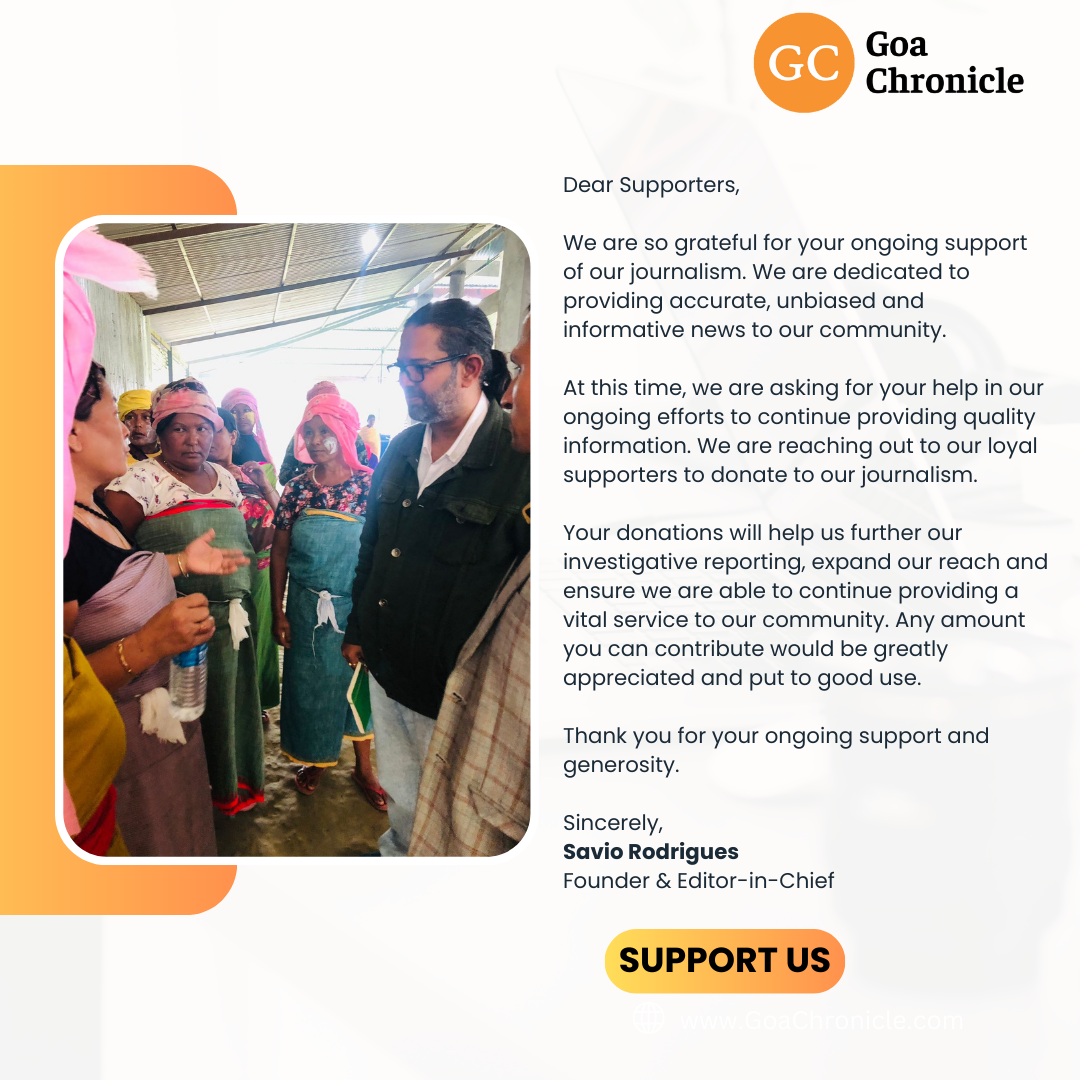Today is 19th February and we are marking 391st Jayanti of the astute son of Bharat Mata and one who carved an enclave of the Maratha Kingdom, Chhatrapati Shivaji Maharaj. The day is celebrated with great pride and enthusiasm throughout the country, particularly in Maharashtra.
It’s even a public holiday for the state. But is declaring public holiday and organizing processions or carcade enough to do justice to the valor shown by him in the battlefields?
The actual purpose of Procession or ‘Miravnuk’ as it is called in Marathi, is to generate awareness in the young generation about work done by the great person, but what if the youngsters are hardly able to find anything beyond Mughals and British in the their standard source of study?
Unfortunately, History textbooks by the government, those are the NCERTS, don’t even take the trouble to add ‘Chhatrapati’ before his name, keep aside the title of ‘Maharaj’. In the whole series of History NCERTs from standard VI to XII we just have a single mention of Shivaji Maharaj that too in a single paragraph out of the one and half page dedicated to Maratha History. And it’s equally disheartening to see the same with Guru Gobind Singh Ji, Raja Churaman and other Indian leaders who strived to seek independence from Mughal rule.
The past is everything that ever happened to anyone anywhere and thus there is too much in history for one to keep in mind. So to simplify the learning process for the school children, the textbooks are designed in accordance to Historical significance of events.
A primary school child who doesn’t know what his historical identity is, where he comes from and what was the past of his nation seeks asylum in history textbooks and the Textbooks are supposed to give him a glimpse of how his nation was in the ancient times with respect to his ancestors, their social orders ,what all challenges they faced and finally how they evolved to this stage .Thus to inspire and help the children to decide what they collectively want to see as the future of their Nation and what could be the future challenges for that.
But instead of that Our NCERTs are giving unfortunate inferiority complex to them by glorifying the invaders and underreporting the fighters. Instead of showing what were the conditions and struggles that they faced while they downplayed those great swords of invaders, they are teaching us the history of our invaders.
Let us go through the NCERT of standard 7th which is titled as ‘Our Pasts part 2nd’ Where in you will find 10 chapters dealing with India’s history roughly from 700 to 1750,
The first one is, ‘Tracing changes to a thousand years’.
- It starts with cartography, where there are only two people mentioned, one is Arab geographer and other one is French cartographer.
- In the second subtitle ‘New and Old terminologies’ it was expected to have the origin of two constitutional accepted words for our nation, those are ‘India’ and ‘Bharat’. But instead we will find a whole page on the history of how Persians and Mughals described our land as Hindustan.
- Following two pages have half -half page photographs of Arabic writings and some person, perhaps a Mughal artist, making a copy of manuscript.
- In the next paragraph, heading ‘New social and Political groups’ there is mention of new techniques that the so called newly settling groups brought in,
For example, Persian agricultural wheel. And I am quoting a line from that, “Remember that all these innovations- new technology and crops, came along with people who brought their ideas with them as well.”
- In the title ‘Region and Empire’ the start is with the mention of ‘Cholas’, ‘Tughlaqs’ and ‘Mughals’ but then again the whole two-page topic is dedicated to the Mughals.
- Then you have ‘Old and New Religions’, half page description of Hinduism and half page that of Islam. And the paragraph on Hinduism says, “The Brahmans having knowledge of Sanskrit grew important and their dominant position was consolidated by support of their patrons- new rulers searching for prestige”. The one mentioning Islam says, “Merchants and migrants brought techniques of Holy Quaran to India. And Muslims accept Allah’s sovereignty, whose love and mercy bless all those who believe in him, regardless of one’s social background.”
Similar cover up of history in seen in the next chapters as well.
- Khaljis and Tughlaqs are decorated by the saying that they used to raise people of humble birth to high political positions.
- Also the Sultanate of Tughlaqs collected taxes from peasantry and dispensed justice in its realm.
- Its shocking to see how terror and violence is whitewashed by soft words. For example it is written only in one line, “During their campaigns Sultanate armies seized cities, captured horses, elephants and slaves.” That is it, Seriously? Was the horror of invasion limited to that? What about the terrible genocides, brutal mass rapes, setting entire cities on fire, population massacre, destruction of age old culture and architecture, forced conversions? How can the writers forget The Bloodiest Story of History?
- The book covers whole pedigree of Mughal Dynasty. Even In architecture and building, only small portion mentions the Indic architecture.
- And only last three chapters cover India’s history that too is in a distorted manner along with Mughals.
- The last chapter named ‘18th century political formations’, half of the chapter include Mughal history and few pages in the end, thankfully include, Rajputs, Sikh, Maratha and Jats.
We should keep in mind that this unnecessary whitewashing will not result in anything. ‘Satya ke bina Shanti sulabh nahi hai’ which means, ‘unless and until the truth is presented, discussed and debated; there’s no question of lasting peace’.
Facing the historical reality and accepting facts will bring all of us to the common ground and thus we will be able to have a shared and common vision for the future of this nation.
































